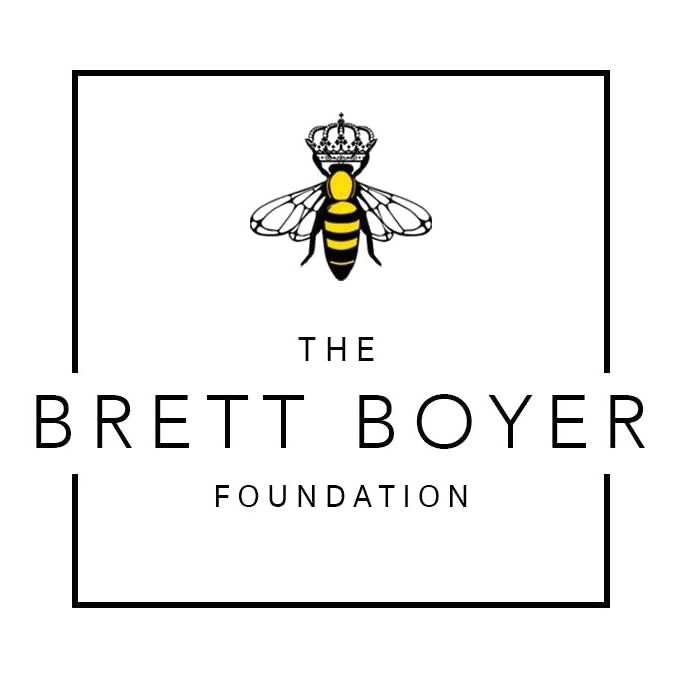Advancing development of novel, diaper worn vital sign monitor for infants with CHD
JOHNS HOPKINS MEDICAL INSTITUTION
Investigator: Dr. Danielle Gottlieb Sen, Department and Division: Pediatric Cardiac Surgery, Johns Hopkins School of Medicine
Vital sign monitoring of infants outside of a traditional healthcare setting has already been shown to significantly decrease mortality for children with single ventricle congenital heart disease (1V CHD), a fragile group of patients with congenital heart disease (CHD). By monitoring oxygen saturation (SpO2), weight, hydration, intake of nutrients and diaper output, respiratory rate (RR), and temperature, studies have shown a 11-40% reduction in mortality [3,4]. However, there are serious limitations in monitoring this information that has reduced the effectiveness of this intervention in real life and has prevented the expansion of remote monitoring to all infants with CHD and other fragile infant populations. In-home measurement of these vital signs requires device and application training, equipment such as a pulse oximeter, dedication, and time. It is important that the vital signs are accurately collected multiple times a day with the caregivers being relied on to collect and interpret the incoming data [3].
This research initiative is a continuation of the project initially funded in 2022 by The Brett Boyer Foundation and is focused on advancing progress made-to-date.
The continued objective is to now develop an improved functional prototype and a smart phone application to further expand our clinical testing through the following specific aims:
Develop a completely waterproof, functional prototype with reusable, non-adhesive electrodes, miniaturized circuitry, and inductive rechargeability to begin robust clinical and user testing.
Develop algorithms that process vital sign measurements automatically and continuously for caregivers, to be built into a smart phone application in future work.
Design and develop a smart phone application that wirelessly connects to the sensor system to immediately and continuously receive vital sign measurements.
CITATIONS
3] Rudd, N. A., Ghanayem, N. S., Hill, G. D., Lambert, L. M., Mussatto, K. A., Nieves, J. A., ... & Pike, N. A. (2020). Interstage home monitoring for infants with single ventricle heart disease: education and management: a scientific statement from the American Heart Association. Journal of the American Heart Association, 9(16), e014548.
[4] Ghanayem, N. S., Hoffman, G. M., Mussatto, K. A., Cava, J. R., Frommelt, P. C., Rudd, N. A., ... & Tweddell, J. S. (2003). Home surveillance program prevents interstage mortality after the Norwood procedure. The Journal of thoracic and cardiovascular surgery, 126(5), 1367-1375.
